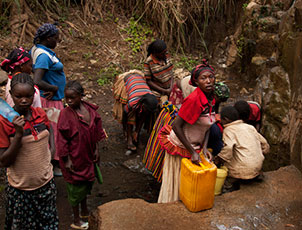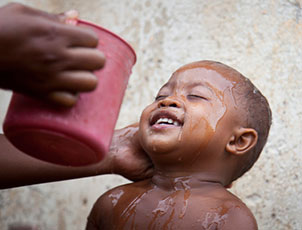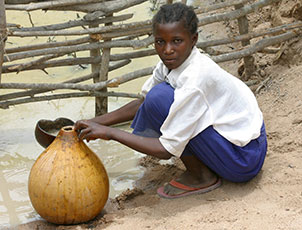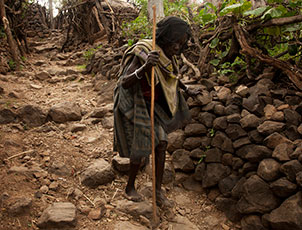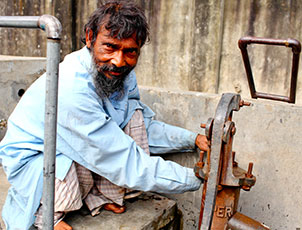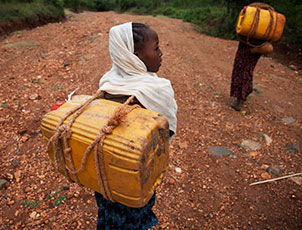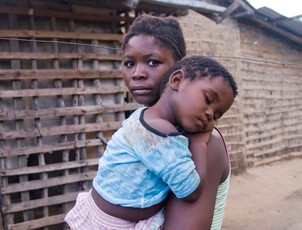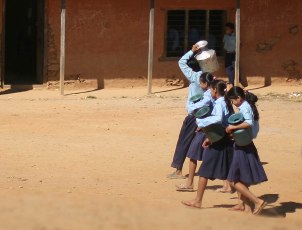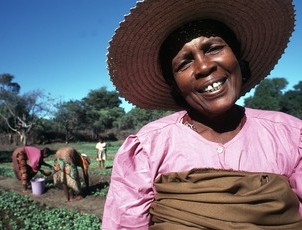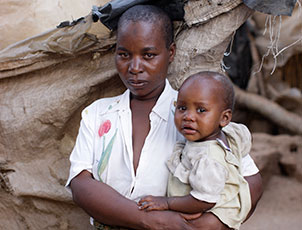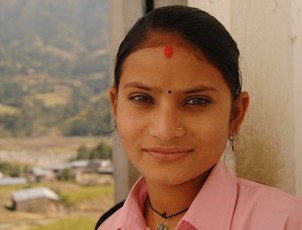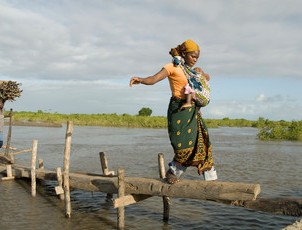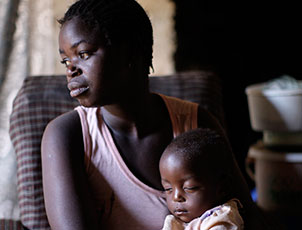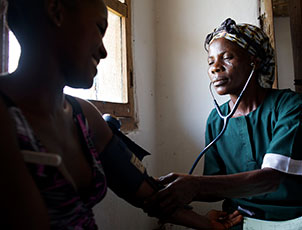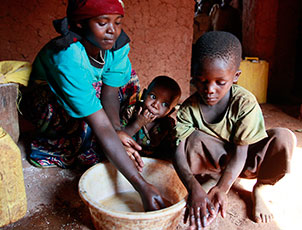The crisis
Right now, the world’s poorest people do not have access to clean water, sanitation or hygiene. This crisis is ruining lives and holding back development.
The crisis
Water and sanitation underpin health, education and livelihoods, and yet hundreds of millions of people live without these basic human rights.
Without safe water or sanitation, people are trapped in a cycle of poverty and disease. Across the developing world, millions of women are wasting precious time collecting dirty water, children are dying from preventable diarrheal diseases, and communities have open sewers running through them.
Statistics
Statistics: the hard facts behind the crisis. A comprehensive listing of statistics is available on our WaterAid global website at the link below.
people are without clean water – roughly 11% of the world’s population.

2.3 billion people don’t have access to an adequate bathroom, one in three of the world’s population.
289,000 children under five die every year from diarrhoeal diseases caused by dirty water and poor sanitation. That’s almost 800 children a day, or one child every two minutes.
How it affects people
Women
The time-consuming burden of collecting water in developing communities generally falls on women, often taking several trips a day and many hours of their time. It is usually women who undertake the bulk of care for those who are sick. And mothers suffer tremendous heartbreak when another child is lost.
Infants
Infants and young children are the most vulnerable to water-related diseases. Children under the age of five account for 90% of deaths due to diarrheal diseases. Repeated diarrhea and nematode infections – often caused by unsafe water and poor sanitation – are also associated with 50% of childhood malnutrition.
Schoolchildren
In many countries children, particularly girls, are responsible for collecting water. Carrying heavy water containers over long distances is exhausting and can lead to long-term damage to children’s heads, necks and spines. Many children are frequently absent from school because they are collecting water or they are sick with water-related diseases.
Elderly people
A lack of access to safe water and sanitation facilities denies elderly people good health, independence and dignity. Many elderly people have to pay money they can scarcely afford to others to fetch water for them, or are reliant on family members for help.
People with disabilities
Living without safe water and sanitation is particularly challenging for those with disabilities. Traveling to distance water sources and carrying heavy water containers is impossible for some people. Inaccessible design can also prevent people with disabilities from using some water and sanitation facilities.
Adolescent girls
Where there are no private sanitation facilities at school, girls often drop out completely when they reach puberty. Leaving school early can lead to reduced job prospects and early marriage. Uneducated mothers are less likely to ensure their own children complete their education.
Water
Many women and children in rural areas of the developing world spend hours each day walking miles to collect water from dirty or unsafe pools and rivers. In urban areas they collect it from polluted waterways or pay high prices to buy it from vendors.
Carrying heavy water containers is an exhausting task, which takes up valuable time and energy. It often prevents women from doing vital domestic or income-generating work and stops children from going to school.
The tragedy is that the water they have worked so hard to collect is often unsafe and contaminated with deadly diarrheal diseases such as cholera, typhoid and dysentery. Every day 900 children in the developing world die from preventable water-related diseases, that’s more than one child every two minutes.
People suffering from these diseases or caring for children who are ill from them are often unable to work to earn money, yet face large medical bills. They remain trapped in poverty. Lack of water, sanitation and hygiene costs Sub-Saharan African countries more in lost GDP than the entire continent gets in development aid.
The effects of the crisis
Health
Unsafe water and poor sanitation cause diarrheal diseases, which kill over 500,000 people every year and lead to malnutrition; parasitic infections such as bilharzia and hookworm; and water-washed diseases including the eye infection trachoma and skin infections such as scabies.
Education
Many children are frequently absent from school because they are collecting water or are sick with water-related diseases. Parasitic infections transmitted through unsafe water can hamper children’s learning potential. It is also difficult to recruit good teachers to work in schools where there is no clean water.
Livelihoods
Lack of clean water and toilets costs sub-Saharan Africa 5% of its Gross Domestic Product every year. The hours spent collecting water or suffering from water-related diseases reduce the time people can spend earning money or growing food.
Sanitation
Sanitation is the safe disposal of human waste, and is vital for health and well-being. But 2.4 billion people – one in three of the world’s population – do not have access to a decent toilet.
Where there is nowhere safe and clean to go to the toilet, people are exposed to disease, lack of privacy and indignity. When communities defecate in the open, disease spreads fast and water sources are polluted. Women and girls often have to wait until dark to go to the bush or a discreet part of town to defecate, where they are at risk of attack and abuse.
Improved sanitation has proven impacts on health, quality of life and poverty reduction. However, progress in increasing sanitation coverage has been slow for a number of reasons:
- Lack of political will and institutional responsibility.
- Improving sanitation is difficult and requires people to change their behavior.
- The health benefits are not immediately seen or always understood.
- The poorest and most marginalized people lack a voice and are often unable to invest in improving sanitation.
The effects of the crisis
Health
When human waste is not safely disposed of, water supplies, food and people’s hands become contaminated with the pathogens contained in excreta, which can transmit cholera, typhoid, dysentery and other potentially fatal diseases. Every day 900 children die from diarrhea caused by unsafe water and poor sanitation. Millions more adults and children are too sick to work or attend school.
Education
Unsafe sanitation leads to diseases that keep children out of school. Many adolescent girls also frequently miss school, or drop out altogether, because of a lack of private toilets. Sabina from Nepal told us: “Before the school had latrines we used to go to the bush – we used to hide under the bamboo. During menstruation it was really difficult, so we used to go absent and stay at home instead.”
Women’s safety
One in three women worldwide risk shame, harassment and even attack because they have nowhere safe to go to the toilet. Sandimhia Renato from northern Mozambique, pictured above, has no access to a toilet. She walks 15 minutes every day to defecate in the bush, having to cross a dangerous bridge where she knows women are attacked at night.
The Hygiene Crisis
Improving hygiene behavior is vital if the full benefits of access to water and sanitation are to be realized.and yet hundreds of millions of people live without these basic human rights.
Where poor hygiene is practiced, water-related diseases spread fast. And no number of taps or toilets alone can prevent it.
Simply by washing hands with soap and water after going to the toilet and before preparing food or eating, people can avoid life-threatening water-related diseases. Hand-washing alone could cut the risk of diarrhea almost in half, saving hundreds of children’s lives every day.
However, improving hygiene behavior can often be overlooked. This is because tackling the issue is difficult and time-consuming. It requires talking to people about potentially sensitive issues and getting them to change long-term, ingrained habits.
Watch the short film for more about the importance of hygiene:
How it affects people
Eliza Ngaiyaye, at home with her daughter Evelyn. Mwenyekondo, Lilongwe, Malawi.
“I think we have diarrhea because there is a lack of hygiene. In the toilet there is a lack of hygiene. Also around the households there are puddles. In the puddles there are lots of flies, and the flies all come in the house. Also children don’t know how to use the toilet and they get feces all around it.”
A nurse attends to a woman at Kaeweken Health Clinic, River Gee county, Liberia.
“We tell patients that hand-washing is very good, don’t put hands straight into your mouth before food. A lot of the problems come from not washing hands and from mosquitoes. Most people drink water from the creek. If we had more handpumps, sickness would go down.”
Patricia Umariya with her children. Gatora village, Bugesera district, Rwanda.
“My children usually miss school because their clothes are dirty, as I have no time to wash their clothes. I have to spend my time on the farm and they don’t know how to wash the clothes themselves. They get sent home if they go to school with dirty clothes on.”
